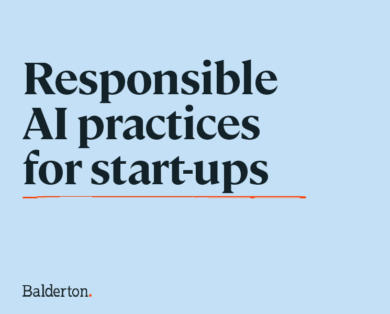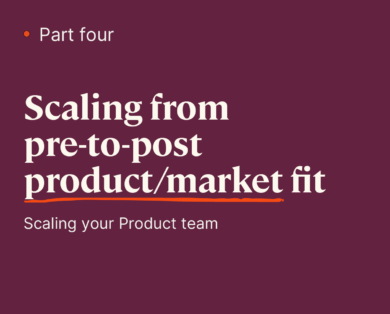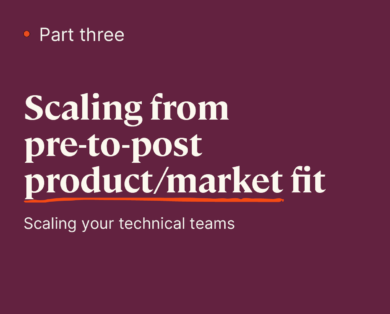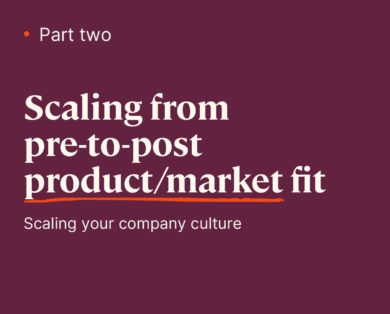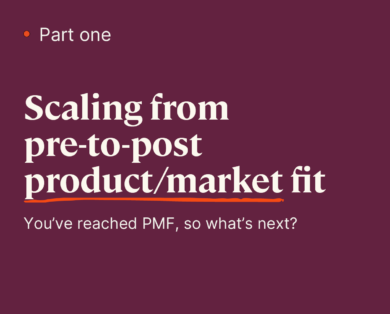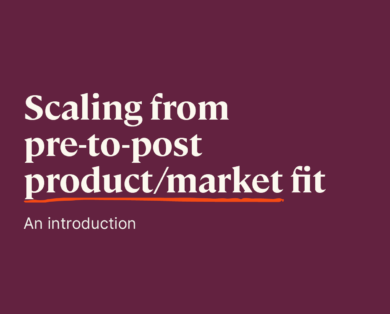- 20 November, 2024
This is the final post in a six-part series on mistakes European startups make in expanding to the US market. The previous post discussed underestimating the importance of sales and marketing.
This post focuses on looking and sounding too European. While sometimes this doesn’t matter, at others, it can needlessly introduce the perception of increased risk in working with your company as a supplier.
Simply put, while “European” is typically seen by Americans as a positive when you’re selling French wine, German cars, or Italian shoes, when you’re selling technology, it is not. “European” may or may not be seen as negative, but it is almost never seen as self-evidently positive. Thus, European startups are better off neither dwelling on their national origins nor trying to convince Americans of the brilliance of their home-country engineers as a predecessor step to selling them software.
If you want to convince customers that engineers in your home country can build great technology, sell them some, and then they’ll find out.
Here are the key things a startup can do to avoid looking and sounding too European as it enters the US market:
Don’t dwell on your national origins
Tell your origin story but perhaps de-brand it. Instead of “Jean-Marc and I did Polytechnique then worked at Airbus in data science,” you can say, “Jean-Marc and I studied computer science together in college and worked together as data scientists after that.” (Most Americans will likely think Polytechnic means Cal Poly or Rensselaer – and not the grandest of the grandes écoles, anyway.)
Build an international management team
Hopefully, you’ll do this for other business reasons, but it definitely reinforces “German company” when every person on the about-us page has a stereotypically German name. That can scare off both potential customers and employees. (Think: to make it to the top of this company, you need to be German.)
Don’t list every employee on your website
While this is fashionable among early-stage startups, it not only makes life easy for recruiters targeting your employees, but can also reinforce national origins that you likely shouldn’t be trying to highlight. Just list the executives.
Check the language
Ensure the English in your materials, on your website, and in your demos and videos is perfect and either British- or preferably American-accented. You don’t want your demo to sound like this or your explainer video like this.
Ensure all presentation materials, including screenshots, are in English.
Ensure the product user interface is fully in English as well as supporting APIs, schemas, and documentation. There’s nothing like Italian submenus or error messages to reveal origins. SAP was infamous for its German column names and abbreviations.
Ensure demo data is in English. In a great demo, the data itself tells part of the story and that part cannot be understood if it’s not in English. Ensure you’re not running an English UI on a Spanish data set.
Hire local talent
As mentioned in post four of this series, ensure you’re generally hiring local talent in your US operation. Transplanting home-country staff or hiring already on-the-ground expatriates tends to result in sales calls and meetings that reinforce your European origins and raises the valid business concerns that go with them (i.e., local support hours, knowledge, strength of local ecosystem, US-based competitors).
Expand early and with a strong holistic plan
Expanding early, with a strong holistic plan will show your commitment to the US market and help you to start building a supporting ecosystem early. While this technically won’t make you “look or sound” any less European, it will help mitigate some of the perceived risk of working with a European company.
Empower your US team
Empower the team on the ground in the US. Hearing employees say, “we need to wait for Berlin to get us approval on that,” makes your company sound European faster than a German accent. Worse yet, it raises a key objection to purchasing: the local team’s not empowered so customers are going to find themselves waiting on Berlin a lot – for anything from discount approvals to support cases. Staff the US operation for self-sufficiency and empower them to sell and serve customers.
Series Conclusion
Thank you for reaching the end of this six-part series on the top mistakes that European startups make in expansion to the US market. If the blog’s estimated reading times are correct, it’s taken you 95 minutes to get here, so I thank you for your commitment and I hope that you have enjoyed the series. You can send me feedback or questions via Twitter at @Kellblog or via my Balderton email at [email protected]. I’d love to hear from you. Also, keep an eye out for a video presentation overviewing these top 5 expansion mistakes, which should be coming soon.
For more on avoiding common problems encountered in the growth stage, see my presentation on the Top 5 Mistakes to Avoid in Scale-Up from $10M to $100M in ARR.

